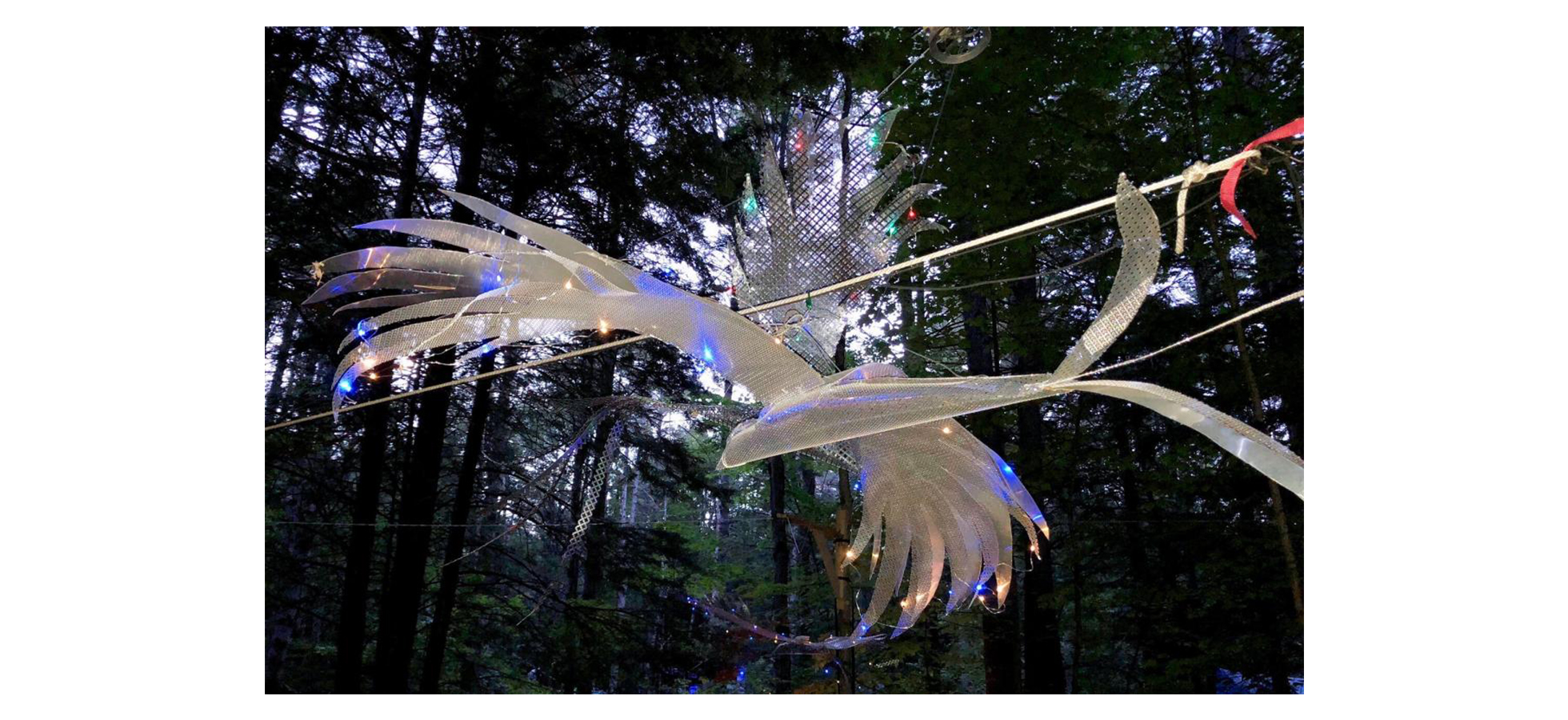Assumption Professor Demonstrates Artistic Talent with Quetzal Art

Associate professor of Spanish and department chair of Modern and Classical Languages and Cultures Arlene Guerrero-Watanabe, Ph.D., not only a professor, but also a sculptor. Her most recent accomplishment, the Quetzal art installation, encompasses not only the beauty of the quetzal, but the history of the bird as well.
Prof. Guerrero-Watanabe’s art installation highlights the natural beauty of the quetzal bird and its significance to ancient history. “The quetzal is a beautifully plumed bird with blue green feathers that is found typically in rainforest areas throughout Central America,” she explained. “This bird is easily recognizable by the striking plumage revealed when its wings are extended. Male specimens have prominent tail streamers that measure up to twice their body length in size.”
The quetzal is derived from the Mesoamerican deity, Quetzacoatl. The Quetzacoatl was one of the most important gods in ancient Mesoamerican history, seen as the creator of the world and mankind. “The feathers of the quetzal were used to adorn the headdresses of royalty up to the time of the arrival of the Spaniards,” said Prof. Guerrero-Watanabe. “Their blue-green coloration was considered precious because of its cultural association with fertility, wealth, and abundance.”
According to Prof. Guerrero-Watanabe, her installation consists of five quetzal sculptures, ranging from three to six feet in wingspan, suspended from trees at various heights between 7 to 12 feet high. The birds are constructed from sheet metal with filigree patterning and “fly” from tree to tree by means of a motorized cable and pulley system. “The signage for the installation is written in Classical Mayan hieroglyphics, since the resplendent quetzal has been so significant in Maya culture,” she added.
Prof. Guerrero-Watanabe’s sought to to create a beautiful admiration for ancient history as well as to draw attention to these endangered birds affected by deforestation and other forms of habitat loss.
